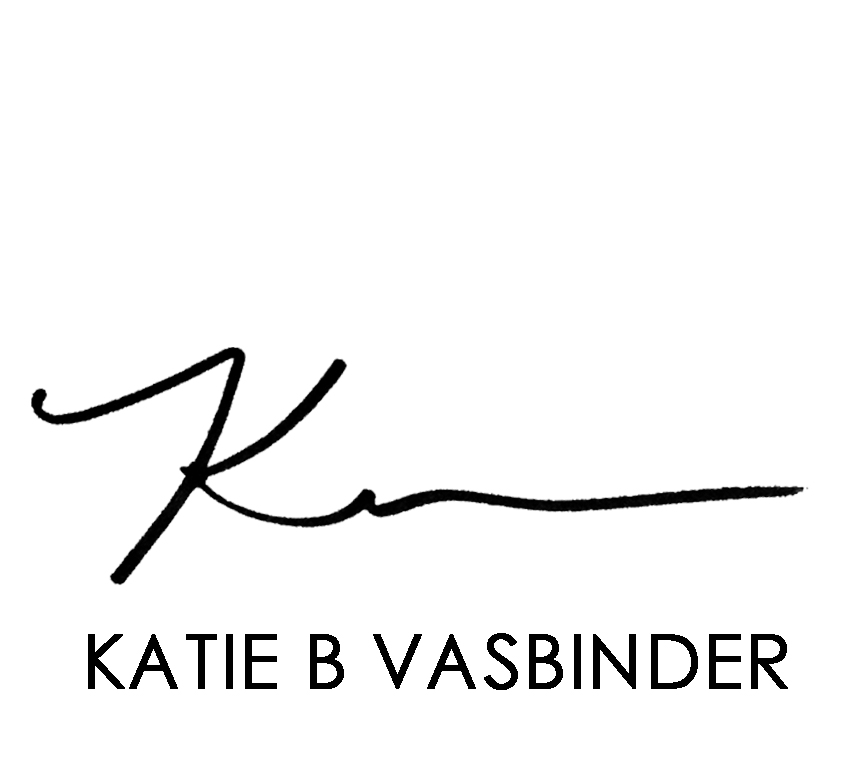Unveiling the Creative Alchemy: How a Process-Based Visual Artist Works
Process-based visual artists are like modern-day alchemists, transforming raw materials, thoughts, and emotions into captivating works of art. Their creative journey is as significant as the final masterpiece. In this article, we'll delve into the fascinating world of process-based visual artists and explore how they work their magic, step by step.
1. Conceptualization and Inspiration
The process begins with a spark of inspiration. Process-based artists draw from their experiences, emotions, and the world around them. They might be inspired by nature, personal experiences, social issues, or simply the desire to explore new artistic territory. This initial concept serves as the foundation for their work.
2. Experimentation and Material Selection
One of the hallmarks of process-based art is experimentation. Artists explore various materials, techniques, and methods to bring their concept to life. They might work with traditional mediums like paint, clay, or wood, or venture into unconventional materials, such as found objects, organic matter, or digital tools.
3. Planning and Preparation
While process-based art often celebrates spontaneity, careful planning is also part of the process. Artists might sketch rough outlines, create prototypes, or outline the steps they'll follow. This planning helps provide structure while leaving room for the unexpected.
4. The Act of Creation
This is where the magic happens. The artist dives into the act of creation, and this stage can be deeply immersive. For example:
- Painters might layer colors, experiment with brushwork, and embrace chance as they apply paint to the canvas.
- Sculptors may mold, carve, and shape their chosen materials, responding to their tactile and visual cues.
- Digital artists create algorithms or interactive systems that generate evolving visual compositions.
- Performance artists engage in live actions, where their body and movements become part of the artwork.
5. Embracing Serendipity
Process-based artists often welcome serendipitous moments. These unexpected discoveries during the creative process can lead to new directions or unique features in the artwork. The element of chance becomes an integral part of the creation.
6. Reflecting and Revising
Throughout the process, artists reflect on their work, evaluating its evolution. They might make revisions, adapt to emerging ideas, or redefine their initial concept as they navigate the creative journey.
7. Documentation
Process-based artists often document their work meticulously. This documentation can include photographs, videos, sketches, or written notes that capture the various stages of the creative process. It becomes a visual and narrative record of their artistic journey.
8. Presentation
Finally, the artist presents the finished work to the world. Whether it's a gallery exhibition, a public installation, or a digital platform, the presentation allows viewers to experience not just the artwork but also the story of its creation.
Conclusion
Process-based visual artists work at the intersection of creativity, experimentation, and the evolving artistic journey. Their unique approach invites viewers to explore the transformative process, where raw materials and ideas become art. As we witness their works, we are reminded that the beauty of art often lies not just in the final product but in the intricate, dynamic, and sometimes unpredictable process that brings it to life. These artists are modern-day alchemists, turning their creative visions into gold through the magic of their process.

